The counterculture of the 1960s and ’70s pervades “Off the Wall: American Art to Wear” at the Philadelphia Museum of Art.
Music of the era is piped into the Perelman building’s gallery space, including The Beatles, Bob Dylan, Chicago, Helen Reddy and Harry Nillson.
The song titles conveniently break up the wearable art – mostly in the form of intricately made coats, dresses, and kimonos – into thematic sections. “I Am Woman” features artwork linked to feminism; “Come Together” heralds pieces made from unusual and found materials; “Everybody’s Talkin’” includes pieces involving text and poetry.
The music also ties the art to wear movement to the radical thinking of that time, when tradition was tossed aside and experimentation was embraced.
“I really do think it was part of the change in art education in the ’60s and ’70s,” said curator Dylis Blum. “Art classes became much more unstructured. You could do anything with any materials. There was a whole different attitude to education. That changed in the mid-70s when things became more structured again.”
“Today I don’t think we understand how revolutionary that was,” Blum said.
In the 1960s, painter K. Lee Manuel in San Francisco realized that if she cut a hole in the center of her canvas, her painting could be worn like a poncho. Around the same time, a handful of sculpture students in Brooklyn were teaching each other how to crochet. Artists across the country, independently of one another, were discovering traditional South American weavings, Japanese kimonos, and African tribal garb.
“People living in random places were coming to this idea, creating extraordinary things without knowing each other,” said Julie Schafler Dale, whose collection of wearable art is the basis of this exhibition of 115 objects by 62 artists.

Dale noticed this groundswell of textile artists in 1973 when she opened her Julie Artisans Gallery. (It closed in 2013.) She started collecting pieces because she liked to wear them.
That changed in 1983 when she encountered “Byzantine Coat” by Whitney Kent, an overcoat woven with tiny pieces of brightly painted wood. Dale was blown away by it. She never intended to wear it, rather to be its steward. In the 36 years she has owned it, she has never worn it.
That was when Dale’s collection changed from “art fashion” to simply “art.”
“It is not fashion. People tend to think of it as eccentric fashion. It is not,” she said. “They’ve used the form of garments, but the pieces were done for private, personal reasons. They were about the artist’s need to make a statement and make it in the best way. The priority was not for a commercial public.”
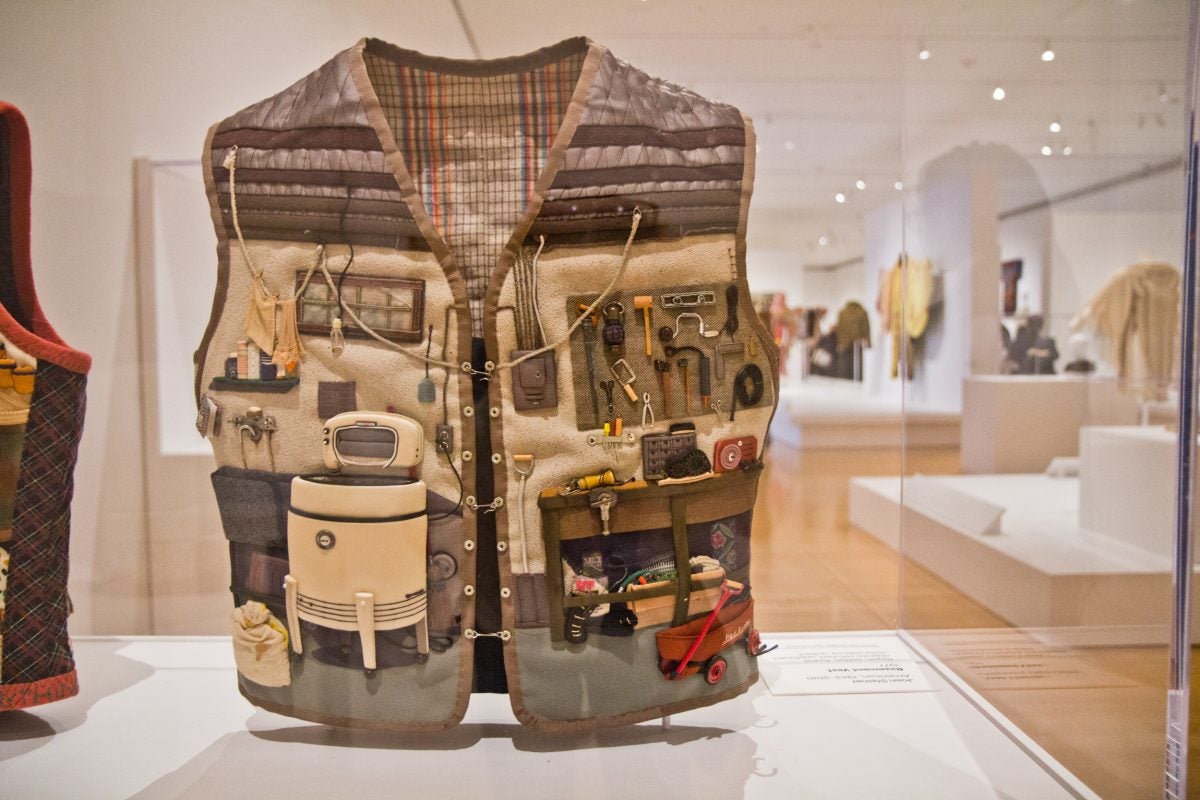
All the works are one-of-a-kind pieces. Although some artists used industrial equipment like computerized knitting machines to make complex patterns, none of the pieces were manufactured or duplicated for the marketplace.
Susanna Lewis made “Moth Cape” in response to a nightmare she had, wherein a feeling of death enveloped her like the wings of a giant moth. She made a large, hooded cape in the shape of a moth, embroidered in black, red, and electric blue. The wearer would wrap the wings of the death moth around herself, just like Lewis’ dream.
The artist designed the cape to be extremely heavy. “The heaviness of the moth is what she felt,” Dale said. “When somebody else wears it, she would want them to feel a little bit of what she experienced.”

Many of the pieces on display use bold graphics and patterns to express something to the viewer. A kimono decorated with images of guns and flamingos evokes Miami gang violence. “Combat Vest” by Sheila Ghidini has several dozen green toy soldiers affixed to it as plastic armor.
What makes wearable art different from wall art – something visitors to the exhibition cannot experience – is the act of wearing the pieces. Like the Moth Cape, the artist considers not just what it looks like, but what it feels like to be inside it.
It’s also a marvel of craftwork. Dale says the beading and knitting on display in “Moth Cape” makes it a standout even among master crafters.
“The intricacy, the intensity and the cathartic journey of using your hands to create something — that stitch by stitch, is capturing your life — is what they are about,” she said.

“Off The Wall” was put together in part to announce Dale’s promised gift to the Art Museum of 48 pieces from her collection. She wanted the pieces in the care of the museum’s conservation department, to make sure they remain intact in perpetuity.
“Off The Wall” opens Sunday and is on display until mid-May 2020.
"wear" - Google News
November 09, 2019 at 09:04AM
https://ift.tt/2NUjeGl
Capturing your life, stitch by stitch: The art to wear movement on display at Philly art museum - WHYY
"wear" - Google News
https://ift.tt/35NDscS
Shoes Man Tutorial
Pos News Update
Meme Update
Korean Entertainment News
Japan News Update

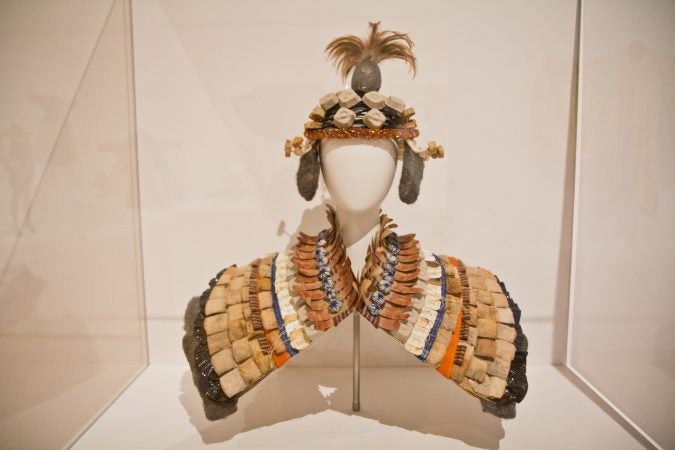
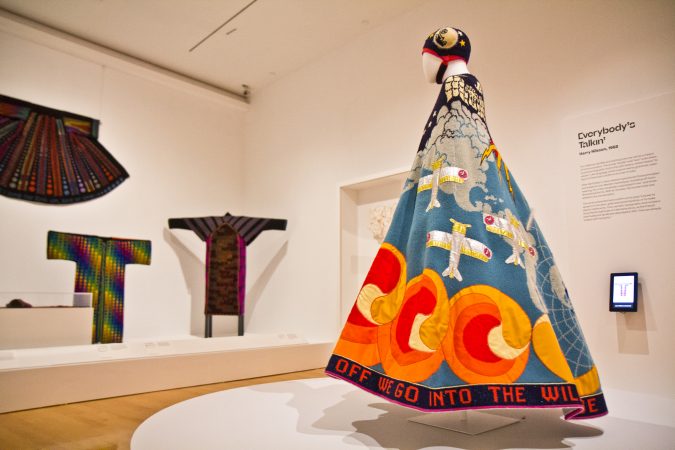
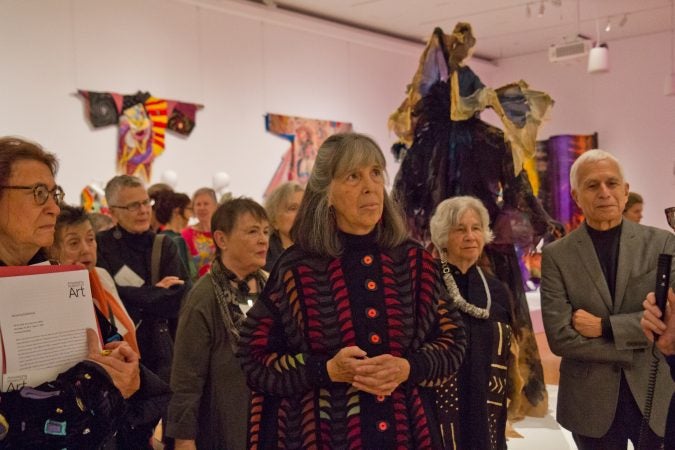
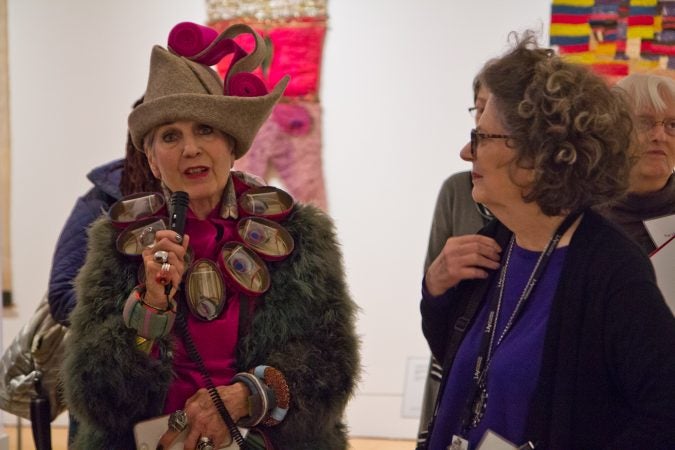
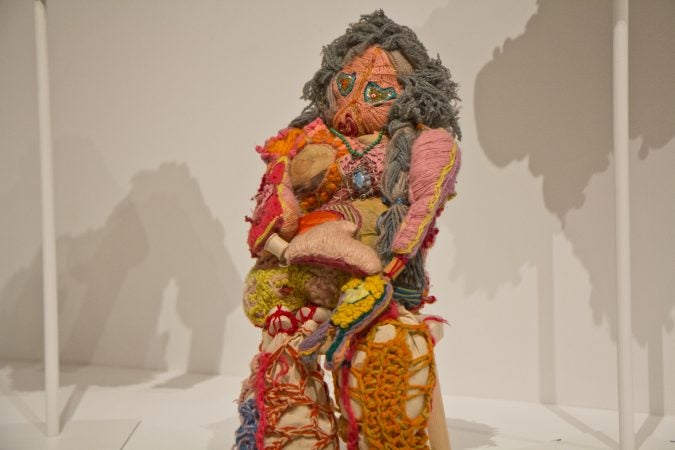
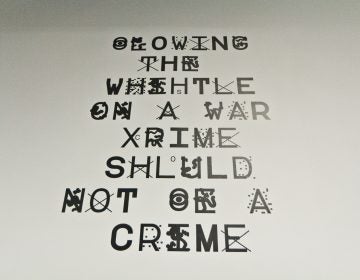



No comments:
Post a Comment